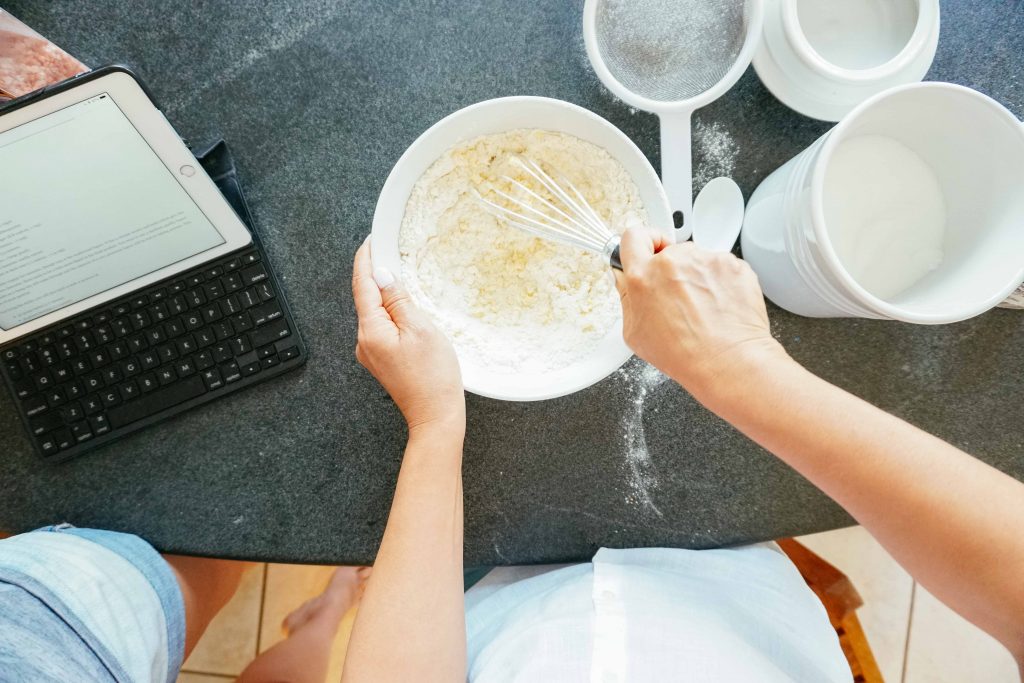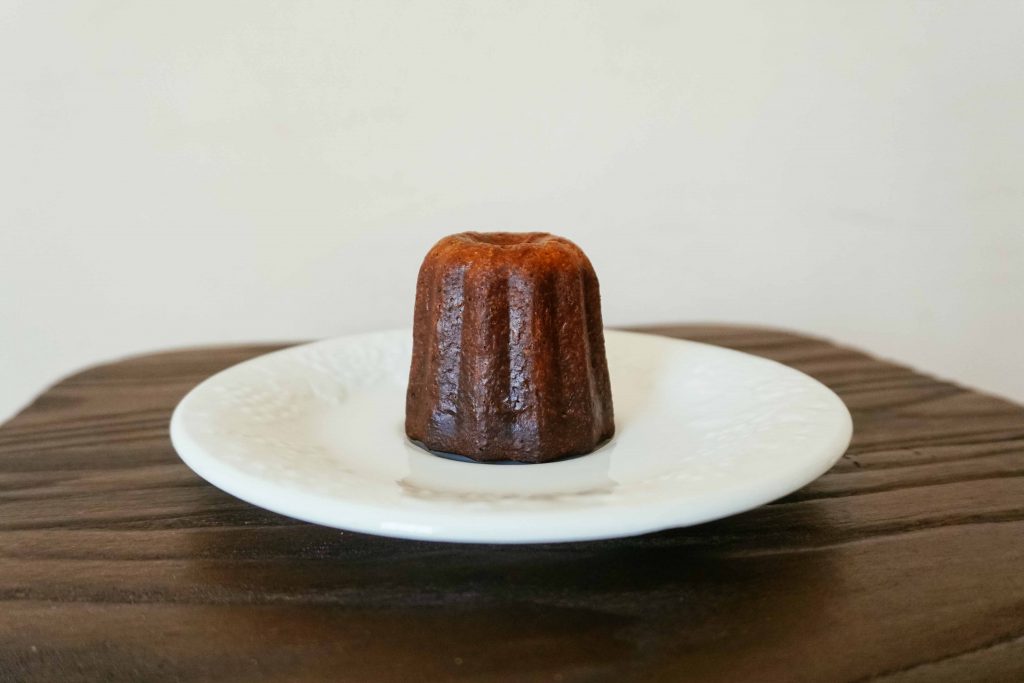A long time, eons, an age ago, my mother and I decided to make the iconic canelé pastry. Not for the faint of heart, it’s a worthy challenge for any quarantined baker looking for their next time-consuming project. Multiple steps, speciality cooking gadgets, non-standard pantry items, what’s not to like?

Canelé, if you’ve never had it, or you have but didn’t know what it was or couldn’t pronounce it, is a small French pastry flavored with rum and vanilla with a soft and tender custard center and a dark, thick caramelized crust. It takes the shape of a small, striated cylinder up to five centimeters in height with a depression at the top. That’s from Wikipedia. It’s a very, very particular business down to the desired height of said pastry. And let’s not forget the striations. All this to say, that you will need some of these. Canelé moulds.

You’ll all notice that if you bite into one of these gorgeous confections, it has a crisp and caramelized texture on the outer crust. This is because of the beeswax. Remember when I said non-standard pantry items?

And of course this is a multi-step process with mixing dry ingredients, heating butter and milk in a saucepan, incorporating with dry and wet, adding some rum, painstakingly painting melted beeswax onto moulds, all in a good days work.

And Voila! Canelé.
Full disclosure, I don’t remember which recipe we used but I get the feeling that there is no big secret. The Canelé gods simply require a sacrifice of blood, sweat, and tears. Every recipe looks roughly the same. However, I wouldn’t mind trying this recipe as Food52 hasn’t let me down once yet. For the brave souls who decide to undertake this challenge, God speed.